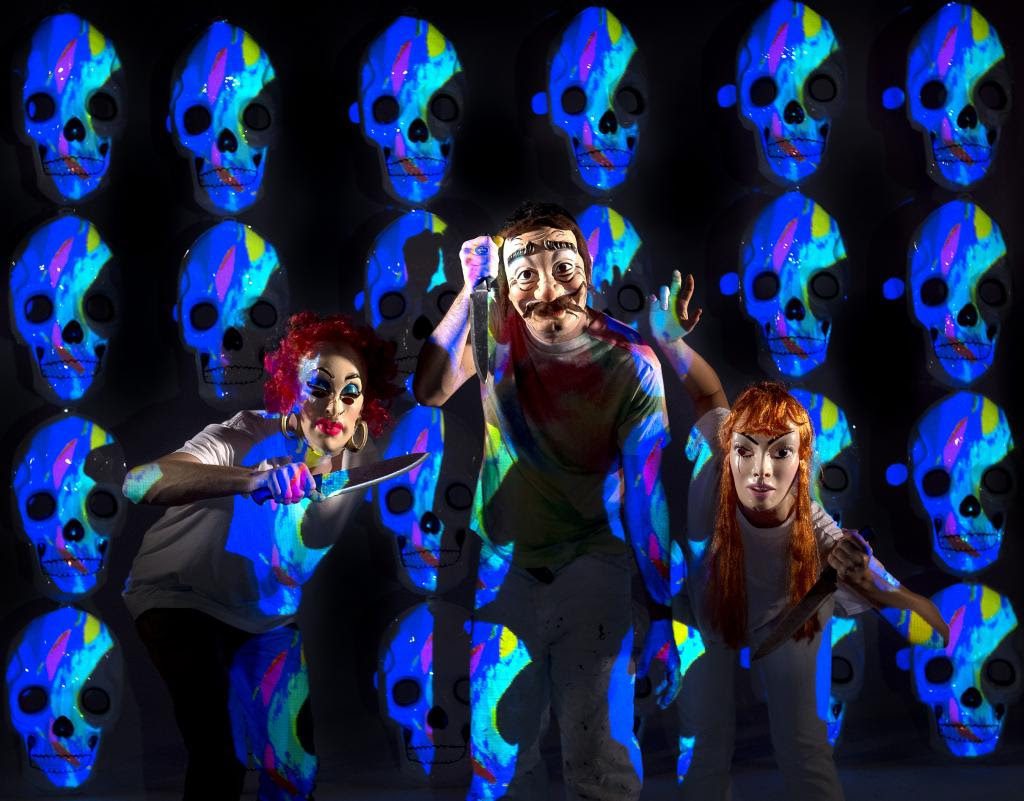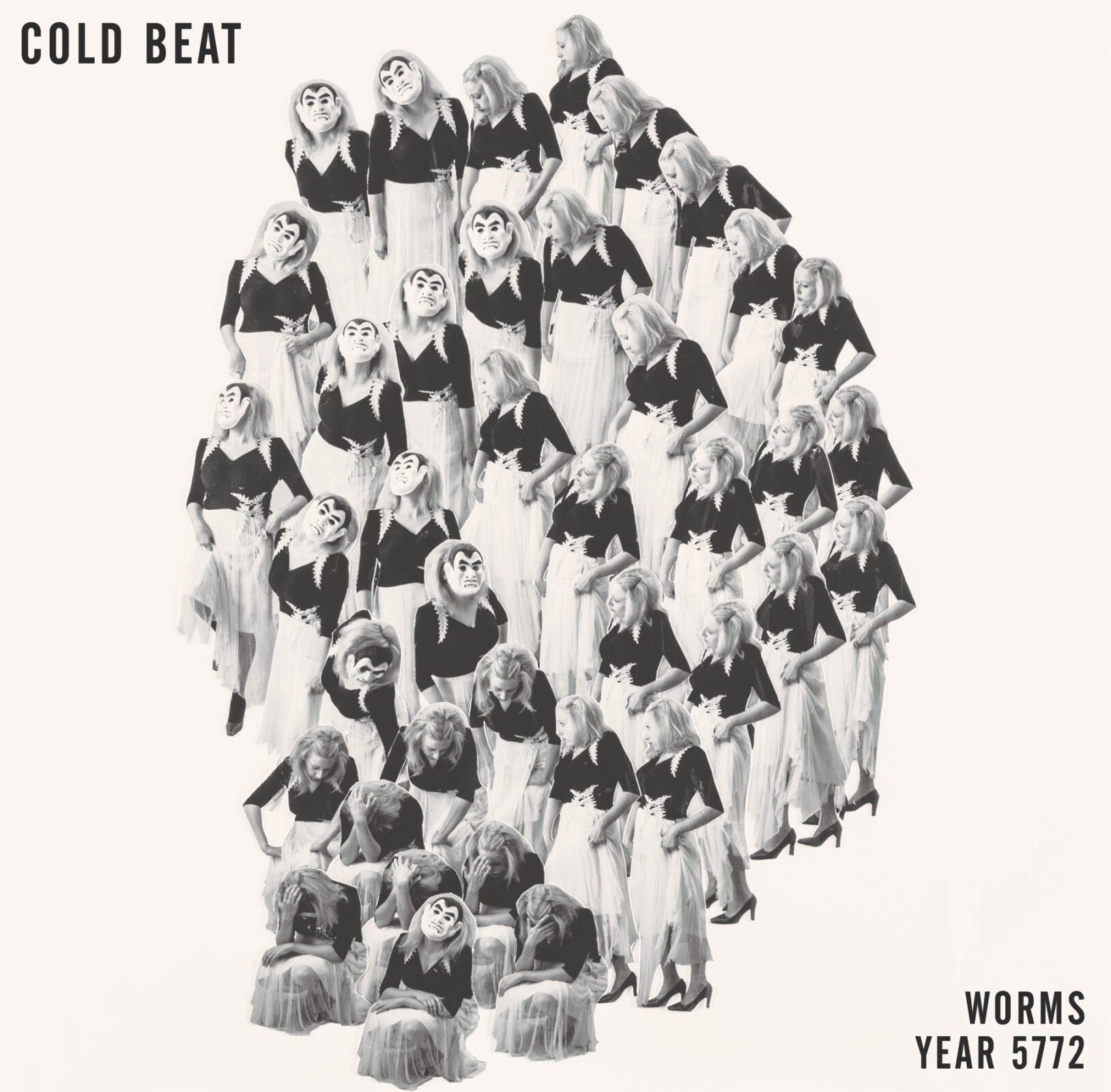
[fusion_builder_container hundred_percent=”yes” overflow=”visible”][fusion_builder_row][fusion_builder_column type=”1_1″ background_position=”left top” background_color=”” border_size=”” border_color=”” border_style=”solid” spacing=”yes” background_image=”” background_repeat=”no-repeat” padding=”” margin_top=”0px” margin_bottom=”0px” class=”” id=”” animation_type=”” animation_speed=”0.3″ animation_direction=”left” hide_on_mobile=”no” center_content=”no” min_height=”none”]

Last year, Neil Young performed a feat many famous musicians seem to be doing these days – he worked hard on a memoir that was published recently and gave it a few twists.
The overall premise of Waging Heavy Peace is that of Young peering into his brain matter over a period of a few months in 2011 and recording it (in writing, and only in writing – sort of). He talks about everything he’s currently doing and working on, complete with whatever thoughts pass through. It goes on for 497 pages. At times it was easy to forget that the book is that long. At other times it suddenly occurred to this reader to look ahead to check how much longer it was going to be before a next chapter, or to the end of the book, but it definitely had its moments.
Those looking for seriously deep insights and a more solid chronology from Young’s memoir are better off hunting down Shakey, Jimmy McDonough’s biography of the man. Peace finds Young holding to his chest the cards that proclaim how he feels about his closest family members and about many other matters that require intense introspection, but he’s quite willing to expound on many musicians and artists he’s played with, especially the ones who have passed away – original Crazy Horse guitarist and vocalist Danny Whitten; Larry Johnson, the filmmaker with Young’s Shakey Pictures who was best known for working on Young’s Human Highway; David Briggs, the producer with whom Young feels he made his best albums. There is a profound respect for what these people have meant to him and to the lives they led that is revealing in its own way. In a world he’s created that consists of music, family, close friends, and technology, Young can be an astute observer of surface.
Much has been made of the focus of Peace. It’s too easy to get caught up in that, and part of me wonders if that’s one of Young’s feints, a series of obstacles placed in the way of the readers that keep the man himself comfortable inside his own castles. They are edifices largely built of old cars and a need to present sound and music as he feels it should be heard. Young sings praises of the Lincvolt – his project transforming the innards of a ‘59 Lincoln Continental into a 21st century machine with a clean-burning engine – and a type of sound quality player and distribution system that would supposedly blow MP3s out of the water. He finances these enterprises, does some work on them, but mostly revels in a sort of nostalgia over these things. They are symbols of his American dreams, in a sense, of days when big cars helped bring him to his earliest gigs and larger vehicles like tour buses seemed to have lives of their own. Days when, even though the sound of his own albums may not have been perfect at the time, they sounded better than the CDs and iTunes digital files of the present. Repeated references to all of this stuff borders on annoying, making me wonder if Peace isn’t much more than a sales pitch.
If it is, it isn’t a very good one.
The Voodoo Music Experience is one of New Orleans’ attempts at being all things musically relevant to all people from all over the world – and to somehow, some way, make a profit while doing it. Its name makes it stereotypically New Orleans while differentiating it from the more well-known Jazz and Heritage Festival, somehow hinting at providing more “dangerous,” off-the-mainstream musical offerings than JazzFest would have.
The reality is that the Voodoo and Jazz Festivals are coming closer together with every passing year, both of them booking performers that wouldn’t be out of place in either festival context. One of those performers happened to be on the Le Ritual stage at Voodoo Fest earlier this year, rocking the audience with mostly new music that sounded a lot like his older music. Not that there’s a thing wrong with that, as Neil Young and Crazy Horse can still bring it. Put it in the context of Young’s recent memoir, though, and brace yourself for questioning why one would even attempt to categorize what he does at all.
Young’s interests and doings have gone well beyond wielding a pencil and paper to write songs, then wielding his trusty guitar, Old Black (among many other instruments over the years) to record them and perform them live. Watch him onstage with Crazy Horse, however, and you wonder why he would want to do anything else. Despite Young’s sobering hearkening back to past music on occasion with a bit of “Needle and the Damage Done” and the more recent, unblinking portrait of a couple’s travails over nearly twenty years of marriage in “Ramada Inn” from the newly released Psychedelic Pill, what he and the members of the Horse were best at was a sheer joy in playing rock. The massive expanse of the festival stage was shrunk not only by Young and the band members clustering together as they played, but also by the attitude they brought. An attitude that screamed This is fuckin’ FUN.
An occasional, recurring afterthought of sorts in Waging Heavy Peace is what playing with Crazy Horse means to Neil Young. It’s something that isn’t new to the memoir; Young has spoken of the Horse as an entity unto itself that kicks him into a higher gear both musically and spiritually many times before. He anticipates getting the group back together at the White House on his Broken Arrow Ranch and schemes to get each one of the musicians in on sessions that created Psychedelic Pill, another rock set destined to burnish their massive legacy (it’s of no little surprise to me that there’s a song called “Walk Like A Giant” on it). But watching them all performing live drives home one thing that Young’s memoir only hinted at…
…These days, the road is Neil Young’s drug. His music is still, largely, his greatest gift to us all in life. And the mirth he and Crazy Horse guitarist Frank “Poncho” Sampedro took in 1990’s “F*!#kin’ Up” on that stage at Voodoo Fest was not to be missed – nor was the shredding that Old Black took, its strings a tangled mess on the rug after the encore of “Like A Hurricane.” These small, intense windows into Young’s innards are, truly, the best we as an audience will ever get.[/fusion_builder_column][/fusion_builder_row][/fusion_builder_container]




